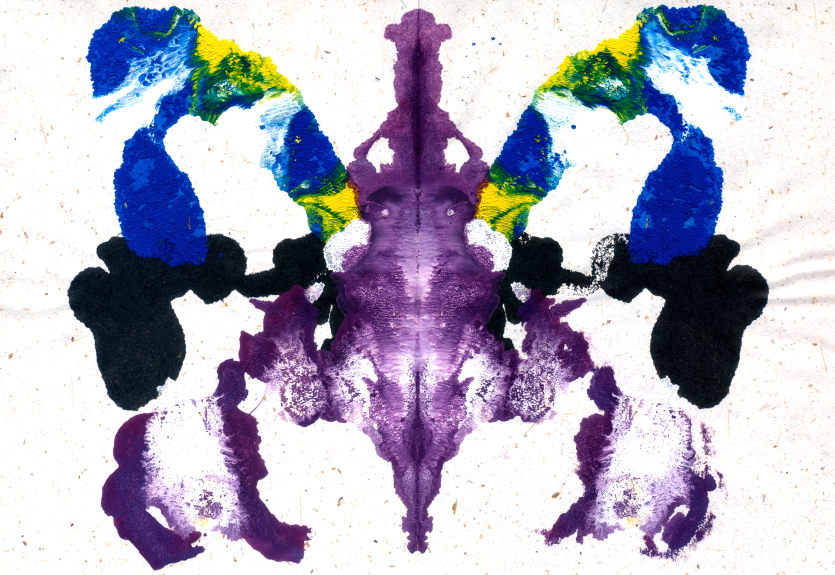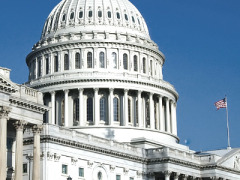One of the big lies by which we Americans mislead ourselves is in thinking or acting as if the Supreme Court discovers the actual meaning of the Constitution.
This big lie has to do with the pretense that there is an actual meaning of the Constitution to be found or unearthed. But in fact there isn’t any single identifiable meaning in the Constitution, just as there is no single interpretation of any other piece of literature or religious Scripture. If we acknowledged that the Supreme Court produces the meaning of the Constitution rather than discovers it, we would realize that the Court is really just a mechanism to close the “indeterminacy of meaning” in our founding documents.
To be sure, I am not revealing a startling new insight here that others haven’t already said before me. They have. Anyone who has taken a college class in literature, anthropology or religious studies, among other subjects, knows that there is a major academic contingent (if not a dominant majority) who believe that texts and history are subject to many different interpretations and has been the subject of countless academic books and articles.
The Ambiguity of Interpretation
The problem of interpretation or “hermeneutics,” as its more highbrow term designates it, arises for many different reasons; not only because we don’t always agree on the appropriate methods to use to discover meaning, but because the very context which should govern interpretation is itself subject to dispute. Even those who use the same interpretive lens don’t always agree on the context let alone the meaning. For example, even among those who agree that there is “an authorial intent,” there is often much disagreement about what an author meant. More problematic, not everyone believes the right way to get to a text’s meaning is to uncover “authorial intent.” Scholars note that texts and language have meanings that go beyond what an author intended and even an author may not know all the meanings their texts convey or even understand all the ways their own subconscious may express itself . Among those who believe the author’s intent is irrelevant, there is debate whether the historical context is the frame in which a text should be interpreted, which facets of a historical period are relevant, or whether texts have meanings that transcend specific historical contexts.
The Constitution Has No Author
If doubts about a text’s meaning arise even when there is a single author, how much more so when a document like the Constitution is produced, not by a single author, but by group of people who are attempting to achieve compromise. The framers of the Constitution secluded themselves away behind closed doors from May through September in 1787 as they developed and debated the form and language of the new Constitution. Each article was debated multiple times and there were several different versions of the Constitution under debate. And even if we read the Notes of Debates on the Constitution that James Madison jotted down during the convention, or The Federalist Papers, written by Alexander Hamilton, James Madison and John Jay, to justify the proposed Constitution, it is still difficult to determine what the precise meanings of the Constitution’s Articles, or its subsequent Amendments, are. In a document that is produced by compromise by a group of people, and then ratified by States, who is even the author and how can you even say what the framers’ intent was?*
Legal historians and philosophers, and even some thoughtful Supreme Court justices, have owned up to the difficulty of nailing down the precise meaning of the Constitution and recognized the inherent ambiguity and difficulty of interpretation. But we still have some justices, like conservative Supreme Court justice Antonin Scalia, who still promotes the idea of an actual meaning of the text that can be unearthed by setting the text in its historical context. Not all justices agree with Scalia’s philosophy of interpretation, which means that the Court itself has no agreement on what are the right rules of interpretation. After all, the Constitution itself didn’t tell us how it should be interpreted. The pretense though that we can get back to some original primary meaning is dismayingly simplistic. But it is an ideology of interpretation that allows judges, like other interpreters, to believe inappropriately in the correctness of their own discerning powers. This certainly, however, is undermined by the history of the Court itself, in which earlier rulings and understandings of the Constitution, have been overturned and reversed. How could one court get it right and another wrong, if interpretation were self-evident and transparent?
Let’s Be Honest
If we are really honest with ourselves about the Supreme Court, what is really going on is that we have an institution that is backed up by the law and ultimately the threat of force, to end any ambiguity in the Constitution’s interpretation. The Supreme Court’s interpretation becomes the law of the land, unless the people amend the Constitution. Whether the court is the best place to lodge such power is debatable. One could argue it should be lodged in the legislature, though the appointment of justices for life is supposed to allow them to rise above the to-and-fro of political life like academics in the ivory tower (whom, ironically, we now know are not so objective either). And while Supreme Court justices theoretically may not be swayed by short term political interests, such as the need to run for elections, they willy-nilly do bring with themselves a political philosophy, a set of values, a set of judicial dispositions and personal experiences to bear on the text’s interpretation. They are after all still human (at least some of them).
The Court’s ultimate inclination is to a great extent at the whim of which Presidents, and which parties, put the judges there. To that extent, the lodging of power in the Court has something to do with our democracy, at least indirectly, since the President nominates the justices and the Senate approves them. The fact that the House of Representatives, the entity representing the people, is outside the appointment process, of course, raises doubts about whether the justices really represent the rights of the people. And the founders seem to have intended it that way, since they envisioned the Senate as the more mature and level headed body, since it was not as closely tied to the passions of the people, the way the House was thought to be.
We can imagine many other ways of nailing down and eliminating the Constitution’s ambiguity. But any of them would ultimately be an act of power, invoking law backed up by police power to end the ambiguity of meaning in the document. And perhaps that is the lesson we should ultimately take away and remember: the act of saying what rights are defended in the constitution is really just an act of power, disguised as a historical or textual interpretation. And when power disguises itself as a literary or historical interpretation, the relations of power to money and to economics is hidden, as if they do not exist. But that is another subject.
*****
* A thoughtful introduction to this topic is, Leonard W. Levy, Original Intent and the Framers’ Constitution.
**For Scalia’s theory of interpretation, see for example, Scalia, A Matter of Interpretation: Federal Courts and the Law.




